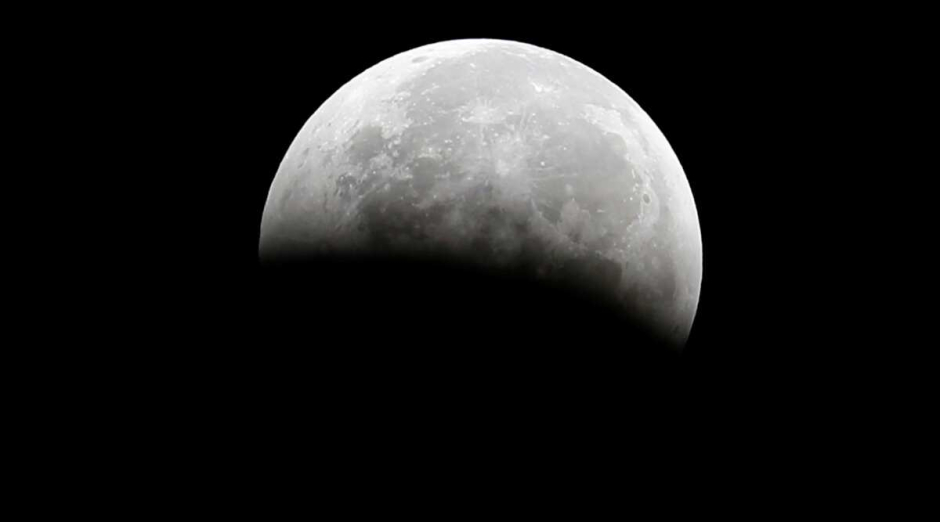The moon has always been our favorite extraterrestrial hotspot, with all kinds of manned and unmanned missions having made it to the lunar surface. And of course, we have always thought about a time when humanity will finally be able to colonize the moon. However, the one thing that has bothered us is the lack of water on the lunar surface, with the overwhelming majority of scientists over the years insisting that the resource is scarce and only available in craters. Thanks to a new pair of studies, we now know that all of them were wrong!
Indeed, it turns out that there is far more water on our lunar neighbor than we previously thought. Published in Nature Astronomy, two papers entitled Molecular water detected on the sunlit Moon by SOFIA and Micro cold traps on the Moon reveal startling facts about the presence of one of humanity’s most sought-after resources. We now know that lunar water isn’t just limited to large and shadowy craters on the moon’s poles, and is in fact available in sunlit regions as well.
These findings have been possible thanks to the Stratospheric Observatory for Infrared Astronomy (SOFIA), a high-flying observatory developed back in late 2018 by Casey Honniball, a postdoctoral researcher at NASA’s Goddard Flight Center to search for water on the moon. Equipped with an array of unique instruments, SOFIA can survey the lunar surface at infrared wavelengths that can reveal the presence of water.
To Honniball’s surprise, when she focused on Clavius, the second largest crater on the near side of the moon, water molecules were spread all across the crater, even in the sunlit regions.
“Molecular water was not believed to be able to survive on the lunar surface,” she told reporters on Friday. The conventional pattern of thinking among scientists before this discovery dictated that water could only endure in cold and shadowy regions of the moon, and that any water molecules present outside such regions would either be destroyed by radiation or heated up. However, this study proves that this is certainly not the case.
“Now we definitely know that molecular water is present on the moon,” Honniball concluded.
Her study and the associated data suggest that water can definitely survive on the lunar surface outside of shadowy regions, albeit in a very interesting form. Instead of ice, Honniball says that water molecules are trapped in a kind of glassy regolith, which protects them from the harsh conditions of the lunar environment.
The presence of even more water on the moon is, of course, good news for humanity as we think about sending manned missions to the lunar surface in the near future. Our search for lunar water isn’t over, however. Starting next year, NASA will be launching unmanned missions to lunar orbit and the surface of the moon to scout for even more water on our most favorite celestial body.











